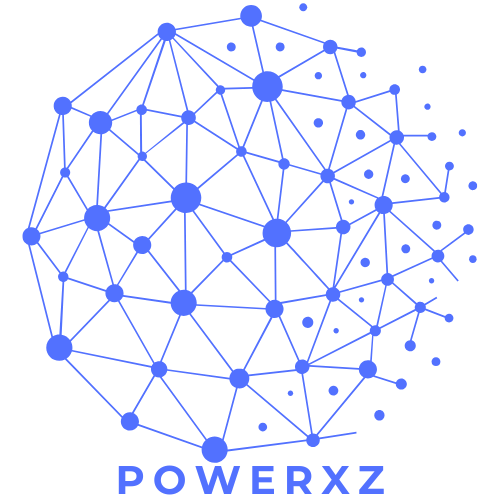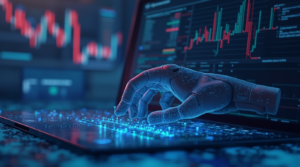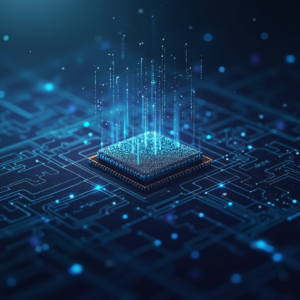The Rise of AI-Powered Cyberattacks: How Hackers Are Exploiting Google Gemini
Meta Description: Hackers are leveraging AI tools like Google Gemini to conduct sophisticated cyberattacks. Learn how AI is transforming cyber warfare and cybersecurity defenses.
In an era where artificial intelligence (AI) is rapidly transforming various sectors, its integration into cybersecurity—both for defense and offense—has become a focal point of concern. Recent reports have highlighted that foreign hacking groups are leveraging AI tools, notably Google’s Gemini chatbot, to enhance the efficiency and sophistication of their cyberattacks against the United States (Wired).
The Emergence of AI in Cyber Operations
Hacking collectives associated with nations such as China, Iran, Russia, and North Korea have been identified utilizing AI chatbots like Google Gemini to streamline tasks including the drafting of malicious code and the reconnaissance of potential targets (WSJ). These groups employ AI to automate and refine processes that were traditionally manual, thereby increasing the scale and precision of their operations.
For instance, Iranian cyber actors have utilized AI to generate phishing content in multiple languages, including English, Hebrew, and Farsi, enhancing their ability to deceive targets across different regions. Similarly, Chinese-affiliated hackers have employed AI for in-depth research into technical methodologies such as data exfiltration and privilege escalation, enabling more effective penetration strategies (Google Cloud). In a notable case, North Korean operatives used AI to craft convincing cover letters for remote technology job applications, aiming to infiltrate tech companies and siphon funds to support the nation’s nuclear ambitions.
The Dual-Use Dilemma of AI Technologies
The utilization of AI in cyberattacks underscores the dual-use nature of advanced technologies. While AI offers significant benefits in fields like healthcare, finance, and transportation, its potential misuse in cyber warfare presents a complex challenge (Infosecurity Magazine). The same algorithms that can predict disease outbreaks or optimize supply chains can also be repurposed to identify system vulnerabilities or automate phishing campaigns.
This dual-use dilemma complicates the development of regulatory frameworks, as restrictions on AI could stifle innovation and beneficial applications. Conversely, unchecked proliferation increases the risk of malicious use. Striking a balance between fostering innovation and ensuring security is imperative.
The Role of AI in Defensive Cybersecurity
As adversaries adopt AI to enhance their offensive capabilities, cybersecurity professionals are also integrating AI into defense mechanisms. AI-driven tools can analyze vast amounts of data to detect anomalies indicative of a breach, predict potential attack vectors, and automate responses to neutralize threats in real-time (Forbes).
For example, machine learning algorithms can identify patterns associated with phishing attempts, enabling the automatic flagging and isolation of suspicious emails. AI can also assist in vulnerability management by continuously scanning systems for weaknesses and prioritizing patches based on the likelihood of exploitation.
Challenges in AI-Powered Cyber Defense
Despite its advantages, the integration of AI into cybersecurity is not without challenges. Adversaries can employ techniques such as adversarial machine learning to deceive AI systems, causing them to misclassify malicious activities as benign. Additionally, the reliance on AI can lead to overconfidence in automated systems, potentially resulting in complacency and reduced human oversight.
Furthermore, the development and deployment of AI solutions require significant resources, which may not be accessible to all organizations, particularly smaller entities. This disparity can create uneven security landscapes, where well-resourced organizations benefit from advanced defenses while others remain vulnerable.
The Need for International Collaboration and Regulation
The global nature of cyber threats necessitates international collaboration to develop norms and regulations governing the use of AI in cyberspace. Establishing agreements on the ethical use of AI, sharing threat intelligence, and coordinating responses to AI-driven cyberattacks are crucial steps toward mitigating risks.
Organizations must also adopt best practices for AI development and deployment, ensuring robust security measures are in place to prevent misuse. This includes implementing access controls, conducting regular audits, and developing contingency plans to respond to potential abuses of AI technologies.
Conclusion
The integration of AI into cyber operations by foreign hacking groups represents a significant evolution in the threat landscape. While AI offers powerful tools for enhancing cybersecurity defenses, it equally provides adversaries with capabilities to conduct more efficient and sophisticated attacks. Addressing this challenge requires a multifaceted approach, combining technological innovation, policy development, and international cooperation to ensure that the benefits of AI are harnessed responsibly while mitigating its potential risks.





